2022 has been designated the International Year of Glass (IYOG) by the United Nations. This worldwide celebration of glass includes a vast cultural programme of events, exhibitions, conferences and digital outcomes, demonstrating just how important the material is to our societies and our histories. Institutions from all around the world are spending the year showcasing the role of glass in creating sustainable societies, scientific and technological breakthroughs, influencing art and culture and the role museums have in telling this story. The V&A is delighted to be hosting a number of events which contribute to this international celebration, and this short introduction is the first in a series of blogs featuring our varied offerings, as well as reflecting on the learnings and experiences gained through spotlighting glass.
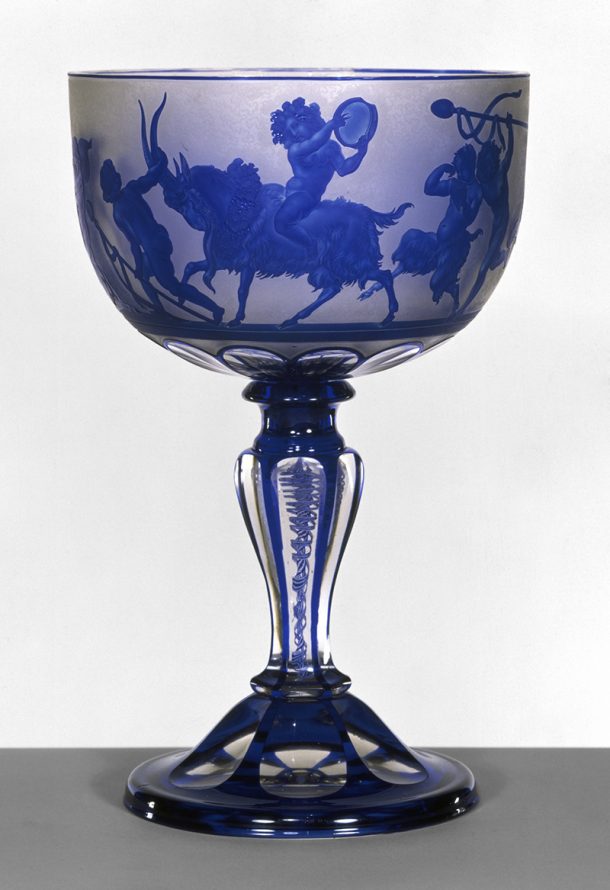
Friday Forum: Glass Futures
For the UN to designate an International Year of ‘something’, that ‘something’ is required to align with the aims and aspirations of the UN, and in particular the UN 2030 Sustainable Development Goals. Glass has long been considered a sustainable material due to its natural suitability for re-use and recycling. However, due to the great heat required in the melting process, glass making is heavily reliant on fossil fuels. Glass artists are at the forefront in raising our awareness and finding sustainable ways of making glass art and products. On Friday 7 October we are hosting a Friday Forum entitled Glass Futures, exploring the current practice of three figures leading innovation in glass production and recycling: Helen Pailing, Dawn Bendick and Matt Duran.
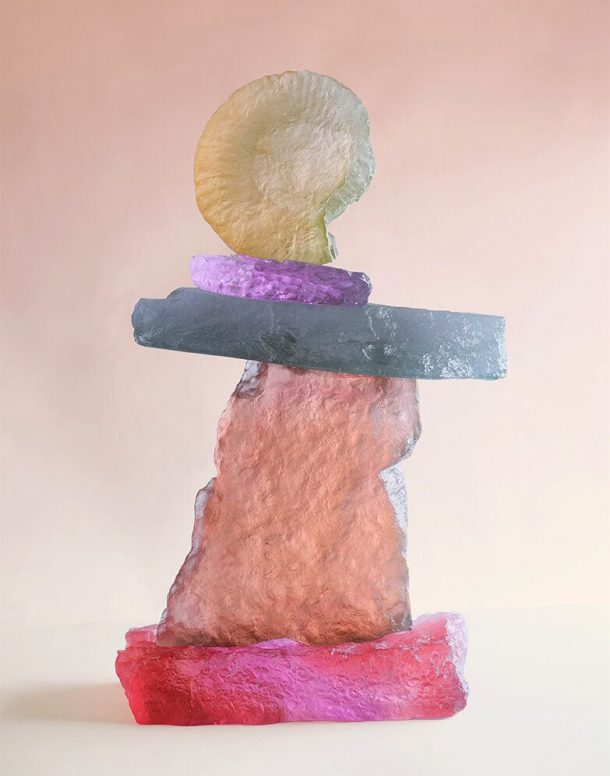
Facilitated by Dr Caroline McCaffrey-Howarth, Lecturer in History of Art at the University of Edinburgh and Edinburgh College of Art, these three artists will be in discussion, offering insights into their unique practices and their shared artistic values and goals. Each brings a wealth of knowledge and experience: Helen Pailing is an artist and researcher who specialises in transforming salvaged and ‘waste’ materials in sculptural objects; Dawn Bendick is a glass artist who focuses on using dichroic (two-coloured) glass sculptures which change appearance in different light environments to reflect on the passage of time and the changing of the seasons; and Matt Duran is an artist who uses emerging glass technologies, upcycling and cutting edge materials in large sculptural formations, and in 2012 created the Glass Heap Challenge in Stourbridge. We will also be joined by Aston Fuller, the General Manager of Glass Futures Ltd and an expert on the glass industry, particularly in relation to sustainability.
Find out more about Friday Forum: Glass Futures
Celebrating the Birth of the English and Irish Crystal Drinking Glass, 1640 – 1702
On Thursday 6 October we will be co-hosting a conference with the Association for the History of Glass entitled Celebrating the Birth of the English and Irish Crystal Drinking Glass, 1640 – 1702. This features an international line-up of experts who will explore the history of one of Britain and Ireland’s most sought-after luxury products of the 17th century.
Join us either online or in-person at the museum to hear about – amongst other subjects – technological advances in glass making, earlier influences from the continent and significant collections of glassware from Dublin to New York City.
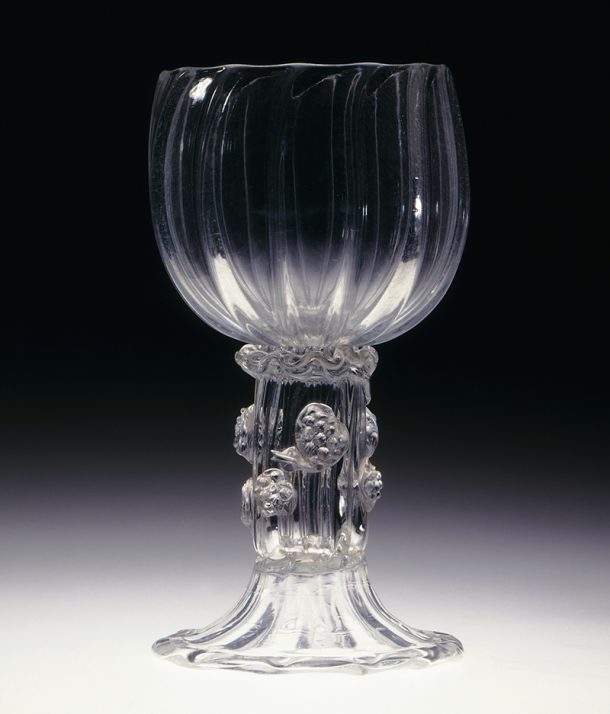
The Age of Glass: 1650 to Now
To continue the glass history theme, we are also hosting a 6-week online course entitled The Age of Glass: 1650 to Now, running from 2 November to 7 December through the V&A Academy.
The programme for this contains leading researchers, thinkers and artists who will tell a global history of glass, beamed directly into your home offices or living rooms through a series of lectures, live-streamed demos, recorded tours and interactive discussion panels.
Find out more about The Age of Glass: 1650 to Now
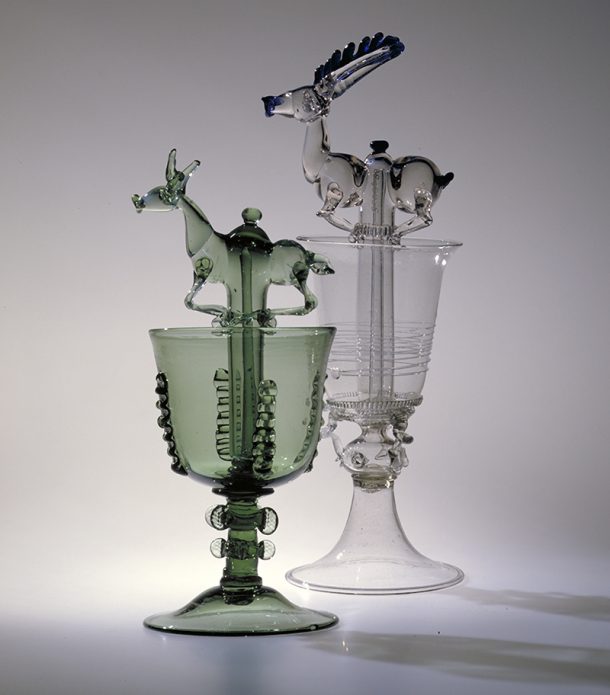
V&A Academy Lunchtime Lecture
Should anyone be near to South Kensington there will also be a V&A Academy Lunchtime Lecture on Thursday 10 November, focussing on the formation of the glass collections at the V&A over its 170 year history. More information about this soon!
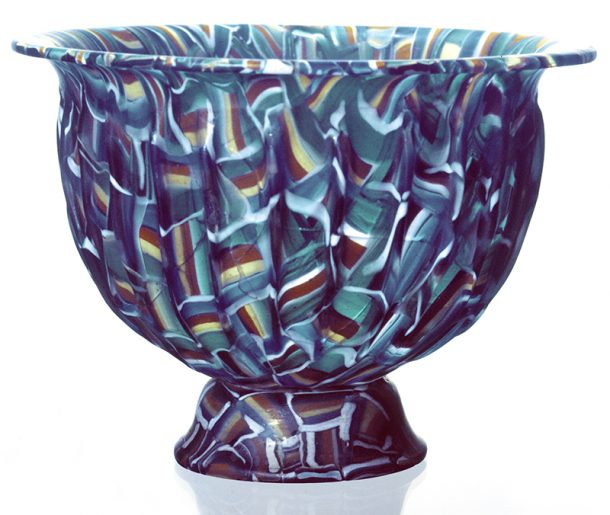
We hope very much you will get involved and enjoy the V&A’s celebrations of all things glass, and don’t forget to stop in on the blog periodically – this series, as well as showcasing the upcoming events we are holding to celebrate the IYOG, will also be a forum for reflections on our glass events featuring different voices and perspectives. We also hope to feature more content that will be appearing on our Glass Collections page, such as some videos of glass techniques that are currently in the works, and we would love to hear your views in the comments as well! Watch out for Part II, but for now, let’s raise a glass to glass!


